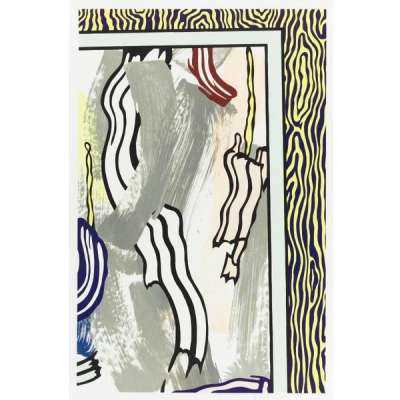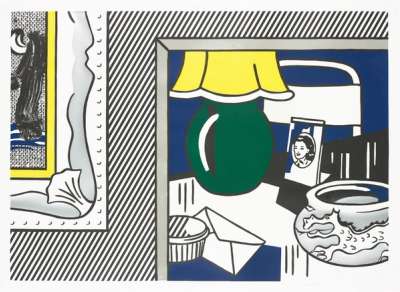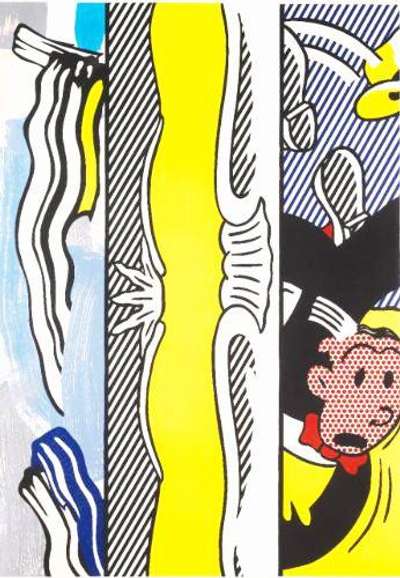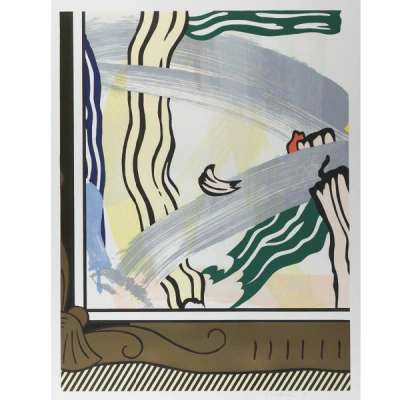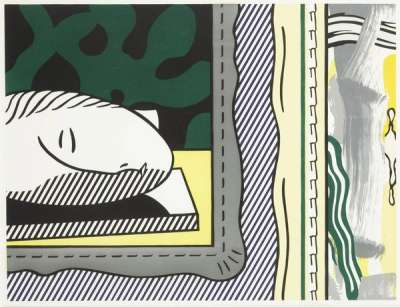
Two Paintings: Beach Ball

Two Paintings: Beach Ball
Signed Print
Roy Lichtenstein
Price data unavailable
AAGR (5 years) This estimate blends recent public auction records with our own private sale data and network demand.
There aren't enough data points on this work for a comprehensive result. Please speak to a specialist by making an enquiry.
Medium: Planographic print
Edition size: 60
Year: 1984
Size: H 92cm x W 94cm
Signed: Yes
Format: Signed Print
Track this artwork in realtime
Watch artwork, manage valuations, track your portfolio and return against your collection
Track auction value trend
Auction Results
| Auction Date | Auction House | Location | Hammer Price | Return to Seller | Buyer Paid |
|---|---|---|---|---|---|
| October 2021 | Phillips New York | United States | |||
| October 2014 | Christie's New York | United States | |||
| December 2013 | Phillips London | United Kingdom | |||
| October 2011 | Sotheby's New York | United States |
Meaning & Analysis
Roy Lichtenstein completed his eight-part multimedia sequence entitled Paintings in 1984. The elaborate prints in this series not only prove his outstanding talent as a print maker, but also demonstrate his innovative conceptual range. Lichtenstein’s Paintings exhibit fictitious picture frames as their central motif.
Mounted on a striped wall, Two Paintings: Beach Ball contrasts the composition of two disparate imaginary portraits. On the left hangs a regency style frame, depicting a reclining figure by the sea. Similar to the shapes of Lichtenstein’s Surrealist series, the captured forms are fluid and composed entirely of red dots. At the bottom left of the canvas sits a minimalist frame, exhibiting silver brushstrokes on a black and white faux-burlap background. Lichtenstein’s concurrent Seven Apple Woodcuts and later Brushstroke Faces achieve similar imitations of the emotive manner of Abstract Expressionism.
The irony of this print is mainly established through the thematic comparison of the spontaneous painterly sweeps and the detached cartoon aesthetic. The contrast is further enforced by the cropping of forms, which asserts the object quality of the work. Lichtenstein presents the idealised tradition of autographic mark making as equal to commercial types of imagery. By framing and exhibiting them both as masterpieces, the artist achieves an added connotation of self-parody.
